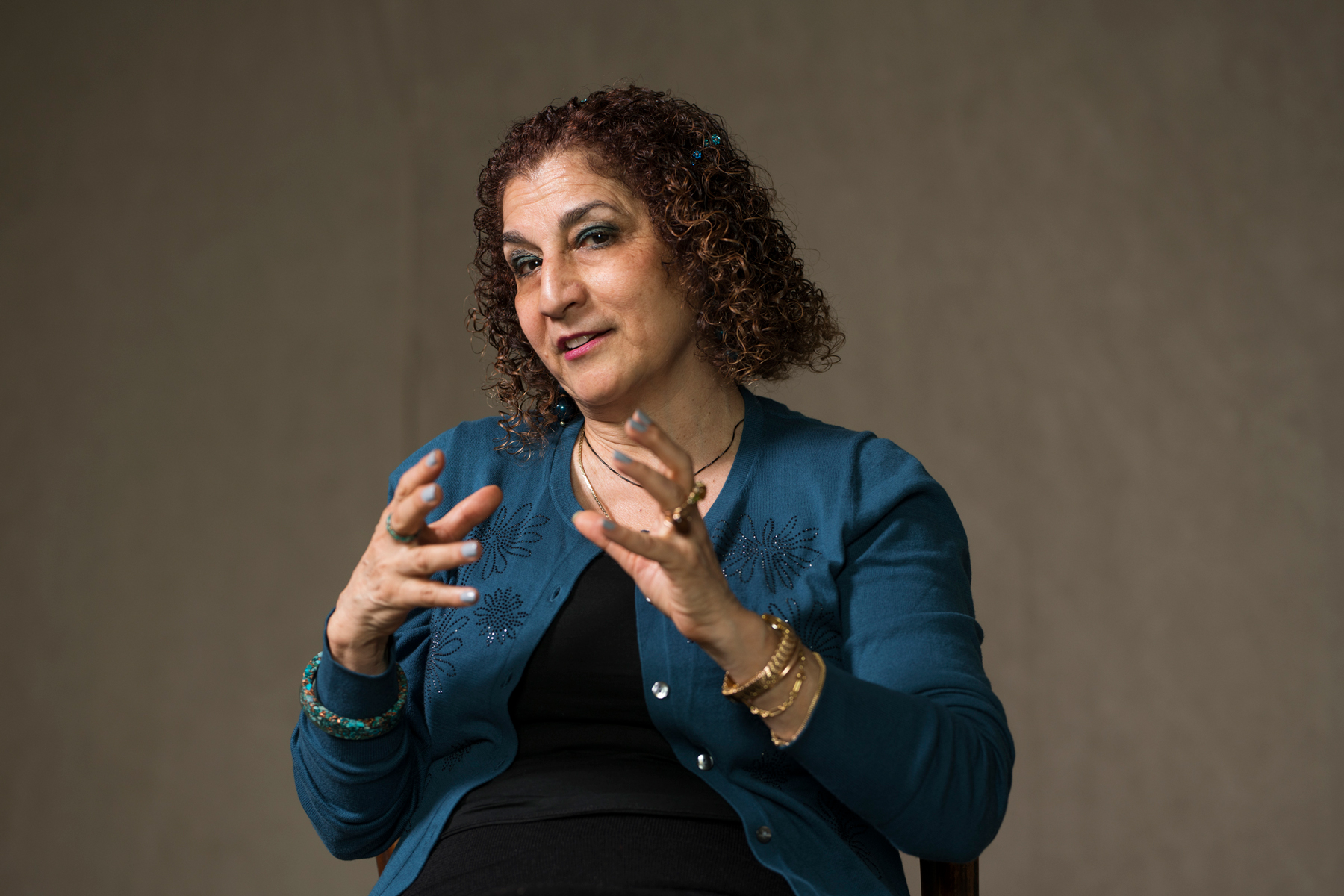You’ve spent 10 years building the Art in Response to Violence symposium, hosted here at NEIU. What have been its goals and what surprise outcomes have you seen grow from it?
It has been my honor and pleasure to work alongside of many—especially Nan Giblin, Michele Kane, and Mark McKernin—as the original team to bring ARV to NEIU. The mission and aim of ARV is to bring about an understanding of how the arts can help us become aware, educated and heal from experiences of violence and trauma. We bring scientists, artists, practitioners and social activists all in one place to grapple with the role of the arts to better our lives as it is impacted by all forms of violence. Every year of ARV has been filled with surprises and new learning that is impossible to enumerate here. Probably the best part has been seeing how it has helped and impacted those who have engaged with it every year. It has also been a delight to see some of our alumni come back every year to participate and to help make ARV a success. It is powerful when you have a multidisciplinary approach to making something good to come about! That is what ARV is! I am excited that a few new faces are now planning the new decade of ARV, such as Lauren Meranda, Shedeh Tavakoli, Nate Mathews, Chris Merchant, Marla Jean Douma and Rachel Birmingham. New chapters are always exciting!



How does art therapy change our ability to understand our own psychology?
Art therapy is not so much for understanding ourselves but to explore our thoughts and feelings, and it can be used in several ways. Art therapy can be used to help a therapist get to know us, our thoughts, our concerns, our beliefs. It can also relax our emotions to help us talk more openly and clearly. Art therapy also can help clear our minds and hearts and contribute toward living healthy lives. Both the process and the product of creating art can be of great assistance to the one creating and to those who are in the helping professions. There is much more to say than there is space to cover here as this is a vast field that expands from humanities to the science of understanding human existence.


You have collaborated with many groups beyond our university. In your experience, how can different communities become connected?
I am a firm believer of collaborating and connecting. I have done many such things. The ARV conference itself has been an example of this! However, I also have been very engaged in several other community projects that brought together different agencies, including NEIU. One that I have enjoyed very much was a collaboration between a children’s program I coordinate on the South Side of Chicago, co-sponsored by the University of Chicago Baha’i Student Association to engage children to become world citizens and understand their global connectivity and responsibility. As part of our program we do several service projects every year. For the last several years for one of our service projects we have been collaborating with Jeanine Ntihirageza of the TESL program and the Pan African Association of Chicago to both assist the African refugee families and also create a chance for cultural exchange. This collaboration brought South Side and North Side families together, along with children from various cultures and several organizations. Our efforts brought cross-cultural awareness and assisted refugee families with material they needed.



What was it like to arrive in the United States as a young Persian woman?
I arrived in Salt Lake City, Utah, in the ’70s having just finished high school and full of hope and energy and really no fear! I came ready to study to be a neuroscientist or a neurosurgeon. While in love with the arts (especially fine arts and dance). I ended up focusing on the software not hardware of the human mind and eventually connected art and psychology through my research! My hope then was what it is now—make a difference in the lives of as many children as I can. I now have fears—fear of how asleep humanity is, and how it needs to wake up before too much more damage has come about.
.


